|
This year I accepted a Teacher Technology Leader position at my site, which means I am responsible for supporting teacher's with educational technology alongside our instructional coach that helps with curriculum, instruction, and assessment. In the 10 years I have taught at the same site, there has never been a school-wide or district-wide effort to discuss technology use for learning. We have decided to start with SAMR, particularly since we just adopted Google Apps for Education for all teachers and students. One struggle that many teachers must face is the decision between using technology just because it's there and using technology because it enhances learning. Good pedagogy must come before inserting tech tools. Without clear learning objectives or ways to check for understanding, students are still going to struggle with content knowledge. These tools primarily focus on substitution and augmentation of content and skills that are often addressed in history classrooms. While not an exhaustive list, they are a few additions that engage students in historical thinking differently. If you have any suggestions, please add a comment. I am always looking to expand my teacher toolbox. HSTRYHSTRY is a great website for creating digital timelines. Unlike other web-based tools like Dipity or TimeToast, HSTRY allows for the integration of interactive tools embedded within the timeline. Images, videos, web-links, discussions, and quiz questions can be included to support the timeline content. Students can create timelines to review content or for a great review tool. Teachers can share timelines as a class activity where content and checking for understanding is part of the review process. The site is fairly easy to use and teachers can set up classes so that student work can be reviewed easily. There are some limits to the free version, but teachers or school sites can purchase a license for more advanced features. Docs TeachDocs Teach is hosted by the United States National Archive and is a great teaching tool that provides access to thousands of high quality primary source documents and skill-based lessons using the archived docs. The activity platform can be accessed through the website or through the iPad app. Teachers create lessons and students can join the activity using a classroom code. There are several different activities that emphasize different historical thinking skills including chronological thinking, historical analysis and interpretation, decision making, and weighing evidence. The activities can be used as an introduction to a unit whereby students engage in materials to build background information, or the document-based activities can be used as formative/summative assessment within a unit or at the end. The view tool allows students to zoom in on each document and there is also background information provided. MindmeisterMindmeister is another mind mapping tool - of which I know there plenty out there. However, what I like about this one is the user-friendly tools and the ability to integrate videos and images within the concept map. Then the map becomes interactive and allows students to move beyond the static page and make the content more visual to activate learning. Additionally, my site uses GAFE, which means I can send the app to all of my students using Google Play. They don't have to download or search - it's already there and ready for use. Google Art ProjectLike so many teachers, I can't afford to take my students on field trips to visit historical sites or museums. However, the Google Cultural Institute has made the idea of virtual field trips a possibility. Instead of showing students videos or pictures about the Palace at Versailles, they can actually walk through the Hall of Mirrors and wander the expansive gardens. They can enter the Uffizi galleries in Florence, Italy or the Musee D'Orsay in Paris, France. True, it's nothing like feeling the crisp air and the creative silence that fills the museum halls, but it's one virtual step closer to seeing artwork up close. Additionally, the Historical Moments gallery has collections about specific moments in time where pieces have been curated and explained. There is one about World War II told through 100 objects that is great. ThinglinkI learned about this tool from Liz Ramos in a presentation about visual literacy in history classes. Her website has a great example and links to sample unit/lesson plans using Thinglink. There are some drawbacks to the free version, but simply put, Thinglink allows students to conduct deeper analysis of images (photographs, paintings, drawings, etc.) by creating hyperlinks to their resources within the picture. The tool is great for political cartoon analysis because students can search for primary/secondary sources that support the cartoonist's perspective or attach videos related to the content. The image is layered with detail in an artistic sense and with Thinglink, with a historian's sense.
1 Comment
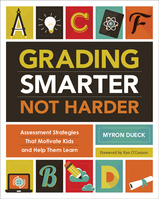 I have been teaching AP United States history for the last six years. Every year I try something different hoping that I engage students in an exploration of historical thinking and reading. The breadth of the course is often difficult to manage and because we are on a block schedule, the number of time we spend in the classroom together is limited. That means I have to figure out how to make every moment count. On Twitter today, there were a few people having discussions about the value of homework and I was left pondering the amount of homework students in AP classes receive. Two years ago I learned about flipped learning and began to find ways to flip my APUSH class. I spend far less time talking in front of the class. When I first started teaching the class I found that I would stand in front of the projector going slide by slide through everything I knew about US history. Now, that rarely happens. Instead, students do the background reading at home and we spend class time clarifying, discussing, and practicing historical thinking skills. But not all students do the reading. Many still come to class without the necessary preparation to engage deeply with the content. I cannot imagine not giving homework. I would much rather class time be spent applying ourselves in historical exploration. Sometimes students use the time to finish some background reading or watching CrashCourse videos about the content. This is a choice they make and I try and reduce their anxiety by not grading everything we do in class. Flipped Learning Every day there is some kind of activity that we do in class. That could be a discussion about the reading, analysis of primary/secondary sources, map activity about Manifest Destiny, or project to show what students learned about the topic. Yes, there are worksheets - but they really are organizers to help students synthesize information into manageable chunks that create visual tools for review. And at the end of the period many ask, "Do we have to turn this is?" And 90% f the time I say no. Much of what we do in class is practice. I don't need to grade every assignment. This does not mean that I don't check for understanding or walk around the room to visit with groups to see how they are doing with the task. By stepping down from the "Powerpoint stage" I have more time to engage with students individually and guide their processing of information. But why don't students do the reading? Well, first, many don't like history. I can't change that - but I certainly can do my best to help them see the value of historical thinking. Second, the textbook is pretty boring. But I did adopt a new textbook last year that is pretty well written and much more engaging than the previous one. So instead of assigning specific pages, I constructed essential questions for students to explore. They can use a number of resources to accomplish this goal including the traditional textbook, audio lectures I linked on my website, John Green's CrashCourse videos, Annenbergs Biography of America videos, websites like Schmoop, etc. By giving students choice in how they study I hope to encourage the development of their learning modalities. There are times I expect certain readings to be completed because they are connected to class activities (chapters from Zinn's A People's History of the United States or primary/second source documents), but in general there are always a number of options for reviewing course material. Grading Woes Myron Dueck's Grading Smarter Not Harder inspired me to really think about the ways students would "show" what they are learning. Additionally, his argument about grading policies and the use of zero's pushed me to reflect on the value I place on giving assignments points rather than providing students multiple opportunities to reach learning targets. I started to create a document called "Student Learning Objectives" for each unit of student so that students knew exactly what to expect in class. Students learned that what we practice under "Skill Targets" won't be graded, but the "Product Targets" will be. My focus for assessment is on how the students show their learning instead of what they know. There is a tremendous learning curve for students because they often want "credit" for everything that they do in class. They want the points just because they did something. So many of their teacher give stamps and checkmarks for completion and students know they just have to turn in the assignment to get the points. I want to continue challenging them to value the process of learning over the final grade. But this is extremely difficult in an AP class. The high stakes test already creates anxiety, but I try my best to de-emphasize the text but know that what we practice in class will definitely prepare them well. Goals for This Year
|
Archives
January 2019
Categories
All
|
Proudly powered by Weebly
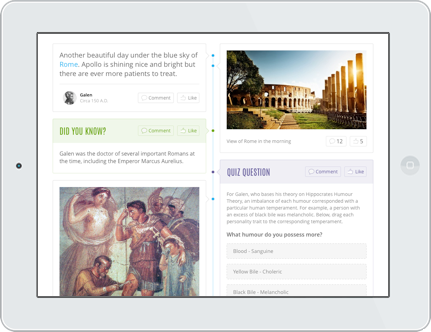
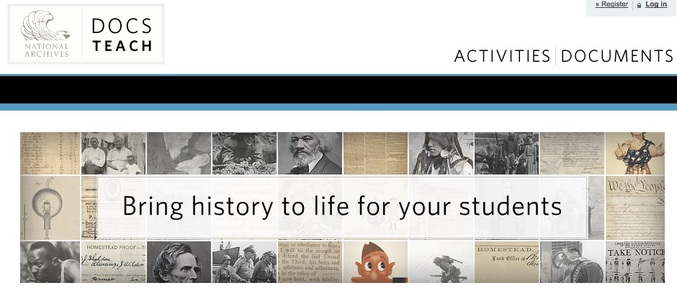
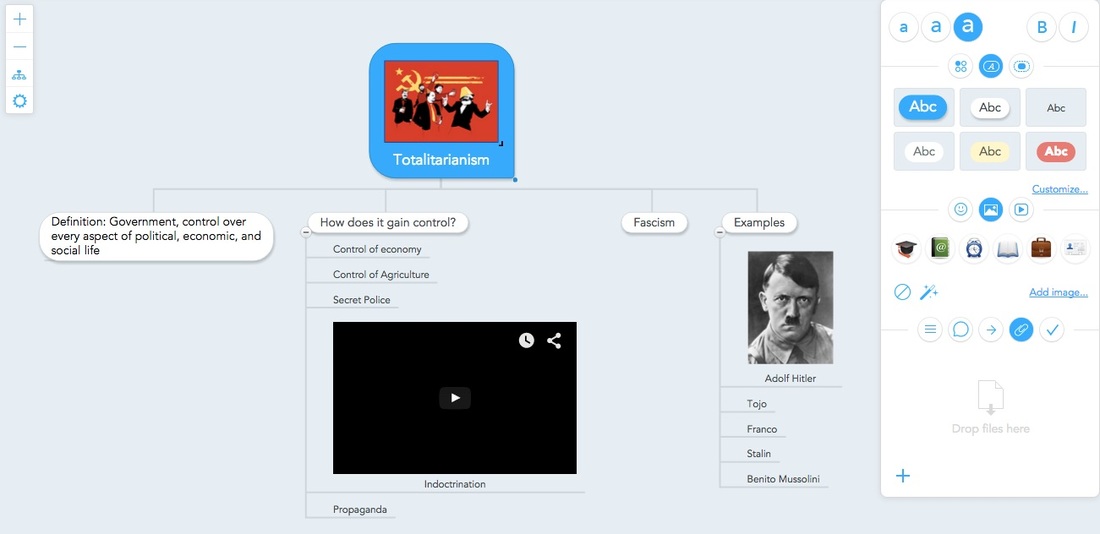
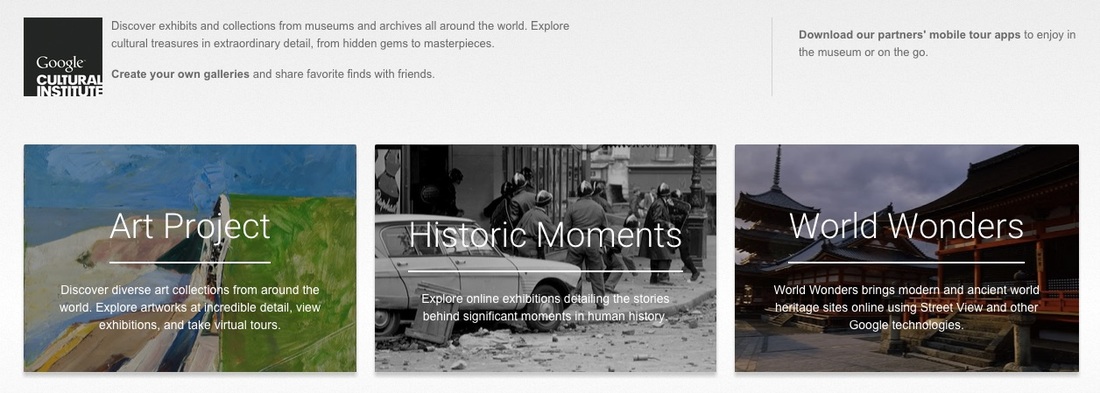
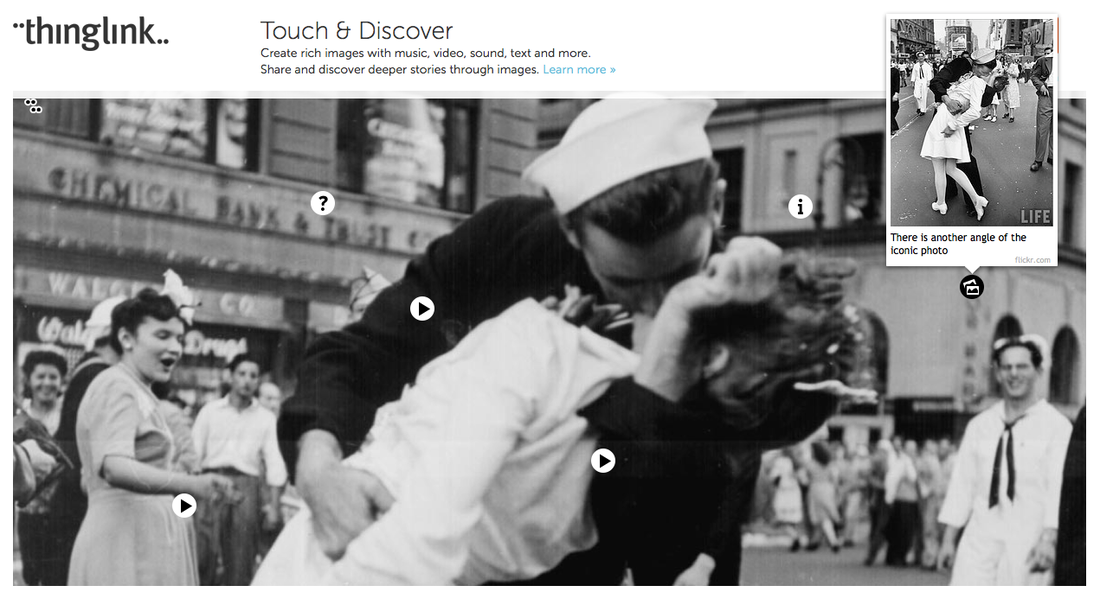
 RSS Feed
RSS Feed